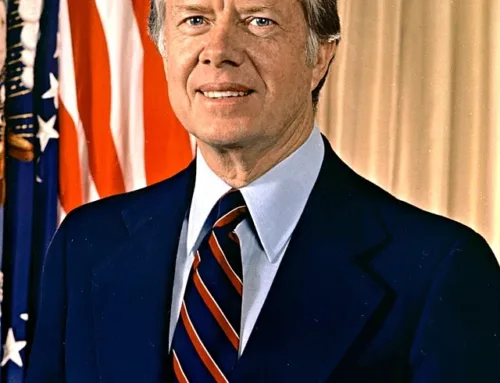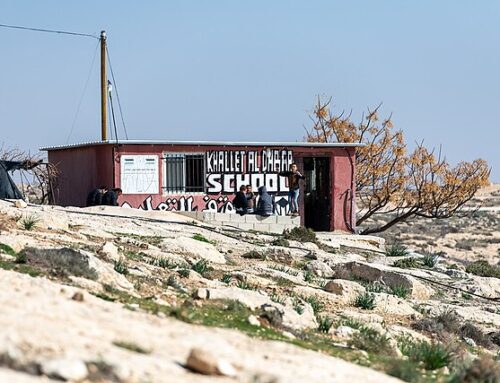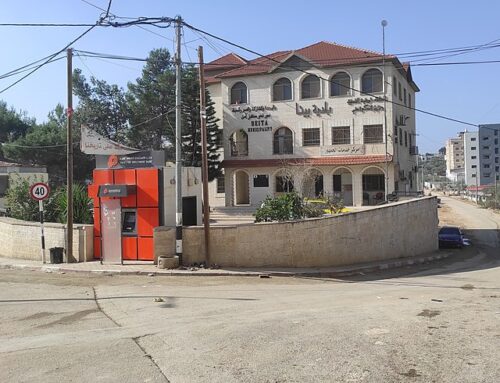Last July in the New York Times, settlement leader Danny Dayan argued that the West Bank settlers, “are here to stay”. Since they would never be evacuated, he argued, the two-state solution was a non-starter, and the world should start to make its peace with that. But was Dayan’s claim of settlement “irreversibility” an accurate analysis of the situation, or an act of false bravado, designed to disguise the settlers’ vulnerability should Israel’s government decide to forge ahead towards peace.
In this article for Jewish Currents, I reflect on the feasibility – political, fiscal and psychological – of a future repatriation of up to 100,000 West Bank settlers under the terms of an Israel-Palestine peace deal. Does the need for mass evacuation of settlers make such a deal impossible? Or does an Israel that ‘miraculously’ absorbed hundreds of thousands of immigrants from foreign lands in several different decades, and evacuated some thousands of settlers in 1982 and again in 2005, have the tools to now relocate over 1% of its citizens inside its sovereign borders?
The Challenge of Repatriating Israel’s Settlers
“Ve’shavu banim gl’gvulam” — “Your children will return to their own land” (Jeremiah 31:17)
During the Q&A segment of a talk I recently delivered in Connecticut, a questioner scolded me on my use of the term “settlers” to refer to Israelis who reside in territories captured by Israel during war of June 1967. These Israelis should be called “returnees,” I was told, since they were returning to lands that had been dwelt in by Jews of earlier millennia.
My reply to this lone voice in an otherwise supportive crowd was that, while many Jews do have emotional, cultural, religious, and historical ties to the lands called “Judea and Samaria” by the Israeli government (and the “West Bank” by every other government), Israel had never, with the exception of East Jerusalem, annexed these territories and applied its law there.
Consequently, the true issue was not the nomenclature for the 350,000 Jewish Israelis living in the West Bank (in addition to the roughly 200,000 now in East Jerusalem), but the fact that they enjoy the full rights and protections of Israeli citizenship, while approximately 2.7 million Palestinians living under “belligerent occupation” (as Israel’s Supreme Court has termed it) are stateless, rightless, and disenfranchised. This situation has prompted American Jewish writer Peter Beinart to refer to the occupied West Bank as “non-democratic Israel.”
The affront to democracy and human rights posed by the status of the settlers is not, however, the only challenge created by the settlement enterprise. Over the decades of occupation, Israel’s government has sited a large number of settlements with a very specific geopolitical aim of denying the Palestinians territorial contiguity and preventing the emergence of a Palestinian state — a strategy recently acknowledged by Israel’s current chief peace negotiator, Justice Minister Tzipi Livni.
Although Israeli policy on Palestinian statehood has moderated over the years — even Prime Minister Netanyahu has affirmed the need for a two-state solution, though he seems in no rush to get there — the problem created by the settlements only worsens with time. There are now entire second and third generations of settlers who know no other home. Dozens of unauthorized ma’ahazim (outposts) have gone up since the 1990s far from Israel’s 1967 “Green Line” border, with the express encouragement of Israeli leaders, under protection of the Israeli army, and with the clandestine financial support of Israeli government institutions. It is a sad commentary on the peace process that in the twenty years since the signing of the Israel–PLO “Declaration of Principles” on the White House lawn in September 1993, the number of West Bank settlers has more than tripled.
Although maligned by today’s Israeli peace camp, it was actually Ehud Barak who, in 2000, became the first prime minister to state publicly that many Israeli settlements would have to be dismantled and thousands of settlers would have to move if a two-state peace were to be achieved. Barak’s aspiration was to include roughly 80 percent of the settlers within Israel’s future borders under a peace deal that would involve Israeli annexation of about 10 percent of the West Bank.
Luckily for Israel and Palestine, Israeli settlers are not dispersed evenly throughout the territory, and the vast majority live in settlement blocs or clusters in proximity to the Green Line. As a result, in his ambitious negotiations with Mahmoud Abbas in 2008, Prime Minister Ehud Olmert was able to propose the inclusion within Israel’s borders of roughly 75 percent of the settlers by offering to swap for and annex about 6 percent of West Bank land.
Unfortunately, even such a peace deal would involve the relocation of between 75.000 and 100,000 settlers, a number much greater than the almost 9,000 evacuated from the Gaza Strip in 2005. More unfortunately, there exists a strong correlation between the religious-Zionist fervor of the settlers and their geographical distance from the Green Line. In other words: The settlers who would have to be evacuated tend to be those least likely to go quietly.
Read the entire article at Jewish Currents







My quarrel with PPI, and with this article, which is otherwise a decent article,ia that the first thing you should be talking about is Aliyah. If half a million of you made Aliyah we would be winning i the Knesset and israeli politics,itself, would be changing. Otheriwse, I nsee these articles as secondary conversations to keep you warm in the winter. We need an Aliyah to change the politics in Israel- the rest is a chimera
The problem with this article, which otherwise discusses a timely issue, is that our first need is an Aliyah of half million American-seculars; this is how to win an election in the Knesset and this is how to change politics in Israel- not by blog discussions and well-meaning advice. Aliyah- half million Jews. Don’t you believe in Aliyah anymore?
This was an excellent summary of the big mess that keeps getting worse over the years due to lack of vision and courage by Israel’s leaders and people. As for the comment that the solution lies in massive Aliya from the U.S., that is simply not going to happen; it was never in the cards and is less likely now than ever. The secular American Jews who are most favorably disposed to peace are increasingly alienated from Israeli policy. Why, from their point of view, should they leave the security of the U.S. for a little country in harm’s way, which, though inhabited by their fellow Jews, they see as behaving in an sustainable and unjust manner? No, the answer is to shake up Israeli popular opinion out of the current comfort zone; to open our people’s eyes to the fact that time is not on our side, and to the potential benefits of peace vs. the certain miseries of eternal conflict and injustice.
Ra’anan Hattis